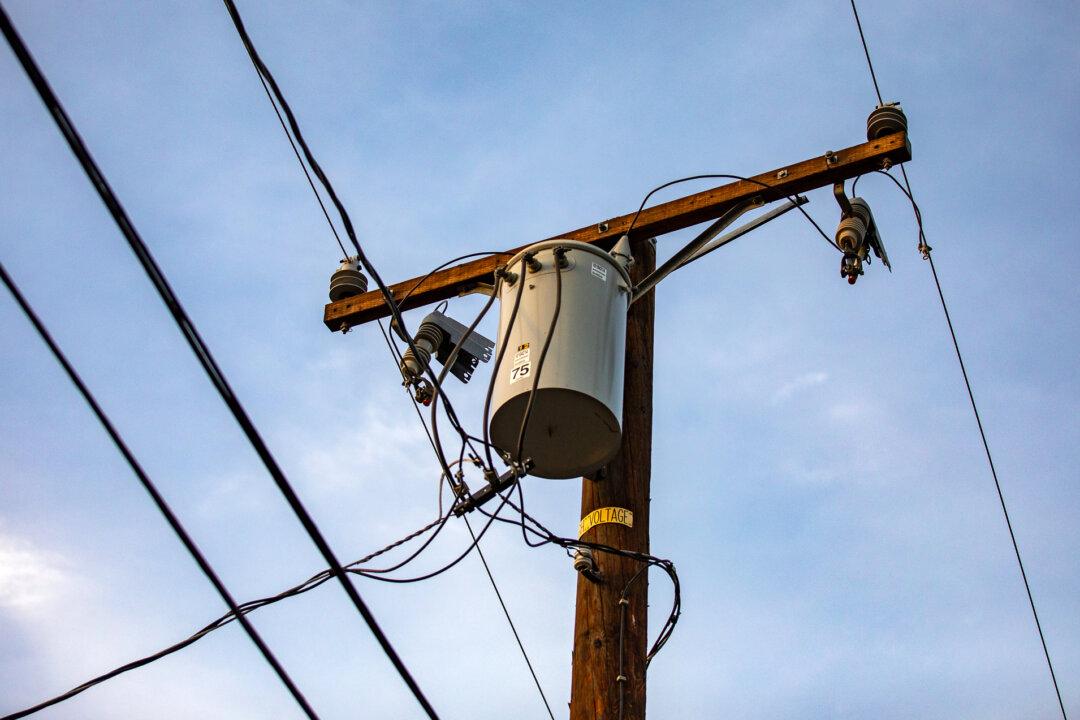Orange County’s first community choice energy program—the Orange County Power Authority—said their recently reported $3 million operating loss is within the normal range for similar energy programs.
The Orange County Power Authority was officially launched in late 2020 in an effort to provide greener power to residents and businesses throughout the county. The agency, as a new purchaser and seller of electricity, is directly taking customers from Southern California Edison though the agency is still transporting the electricity through Edison’s power lines.





